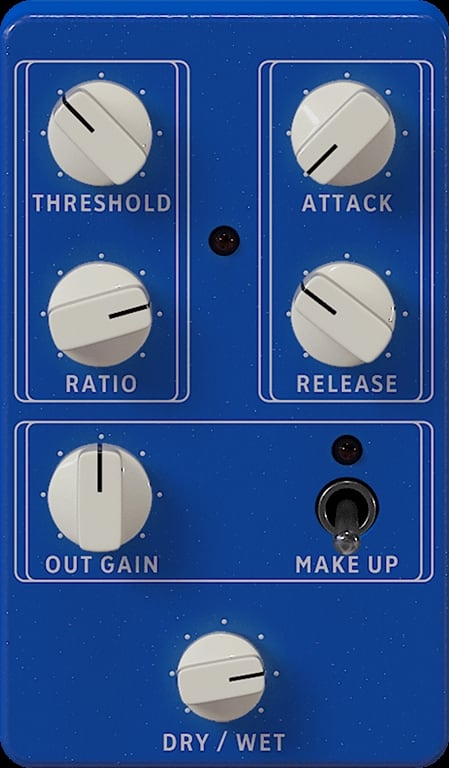

In October 2012, SpaceX publicly announced concept work on a rocket engine that would be "several times as powerful as the Merlin 1 series of engines, and won't use Merlin's RP-1 fuel", but declined to specify which fuel would be used. In March 2012, news accounts asserted that the Raptor upper-stage engine development program was underway, but that details were not being publicly released. Further mention of the development program occurred in 2011. SpaceX had a few staff working on the Raptor upper-stage engine, then still a LH 2/ LOX concept, at a low level of priority. History Conception and initial designs Īn advanced rocket engine design project named Raptor, burning hydrogen and oxygen propellants, was first publicly discussed by SpaceX's Max Vozoff at the American Institute of Aeronautics and Astronautics Commercial Crew/Cargo symposium in 2009. Starship is planned to be used in various applications, including Earth-orbit satellite delivery, deployment of a large portion of SpaceX's Starlink satellite constellation, exploration, Moon landing, and colonization of Mars.

Raptor is used in the Starship system in both the super-heavy-lift Super Heavy booster and in the Starship spacecraft which acts as the second stage when launched from Earth and as an independent spacecraft in LEO and beyond. The Raptor engine has triple the thrust of SpaceX's Merlin 1D engine that powers the Falcon 9 and Falcon Heavy launch vehicles.

The engine is powered by cryogenic liquid methane and liquid oxygen ("methalox") compared to the RP-1 and liquid oxygen ("kerolox") combination used in SpaceX's prior Merlin and Kestrel rocket engines. Raptor is a family of full-flow staged-combustion-cycle rocket engines developed and manufactured by SpaceX for use on the SpaceX Starship.


 0 kommentar(er)
0 kommentar(er)
